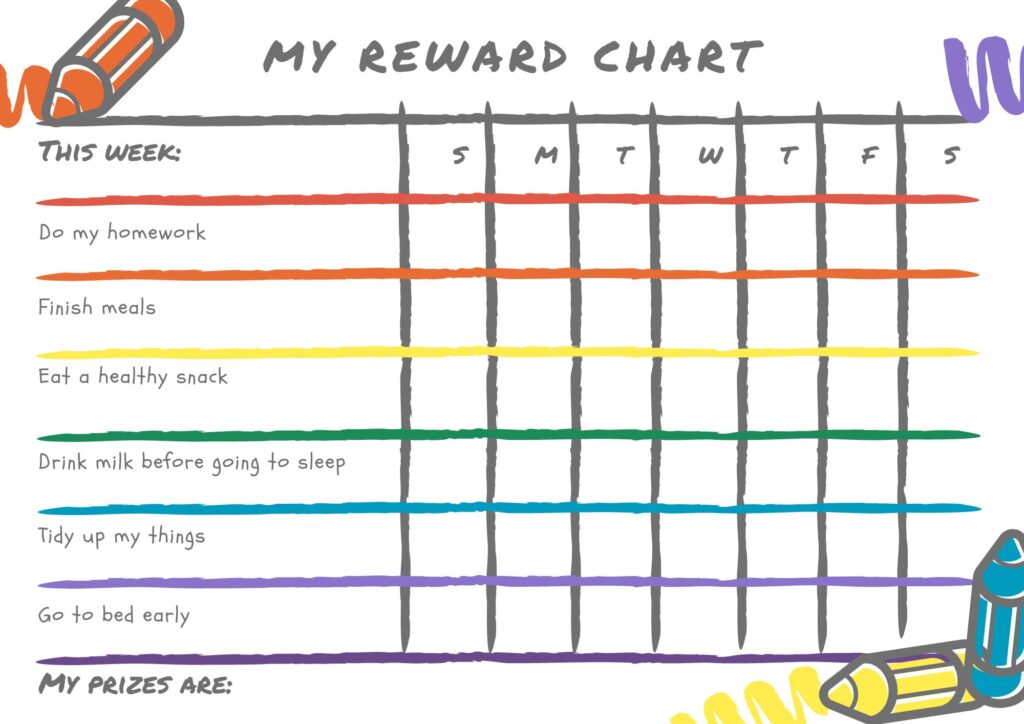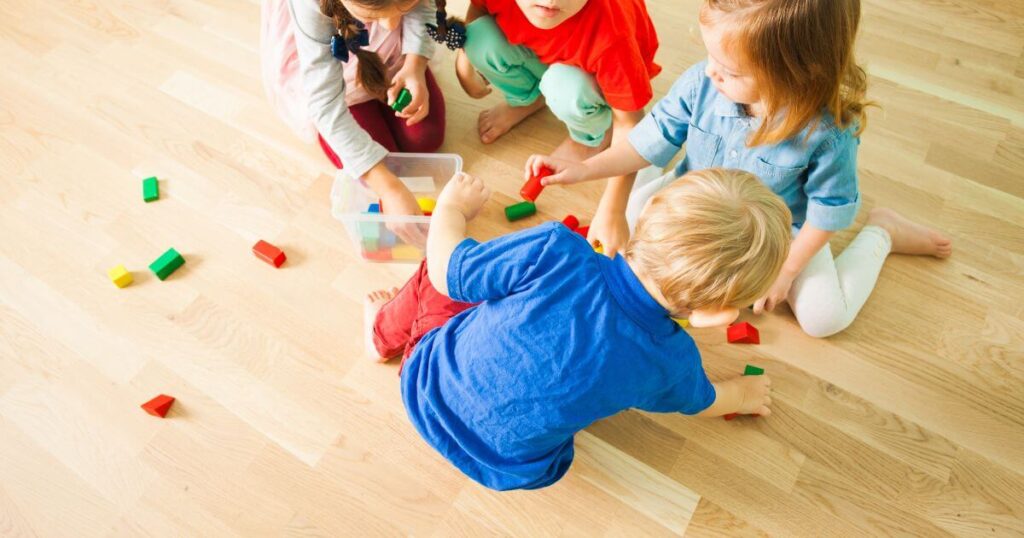Many parents can be wary of using incentives when it comes to teaching children what actions are appropriate. Using incentives is a personal decision you will have to decide on your own. From our experience in child care services, incentives can be a great tool for encouraging good behaviors. There is no need to feel guilty or as if you are bribing your child to change. You are only teaching your child which behavior is acceptable, and you are using rewards to distinguish that from unacceptable behavior.
How to Properly Use Incentives
It’s important to note that incentives need to be tailored to the child’s age, individual interests, and specific circumstances. Not all strategies will work for every child and family, it is always best to have an open conversation with your child and try different approaches.
For example, you cannot expect a one-year-old child to dress properly from head to toe. This is a difficult task for a one-year-old that will further frustrate them. It doesn’t mean that the behavior should be easy, but it shouldn’t be too hard either. Your child should feel like they have a chance at succeeding and getting the reward. You might even begin to notice your child being more motivated to do tasks naturally.
Types of Incentive Trackers
Reward Chart & Checklists

Visual aids such as charts and checklists can help children see their progress and track their own behavior. For example, a child might have a chart that they can check off each time they brush their teeth or make their bed. Being able to visually track their progress and see how their checklist changes from day to day can help a child begin to understand how to take small steps toward goals.
Make sure that your child is present with you as you make the reward chart. It will help them have a better understanding of how it works. Every child has good and bad habits. The key is to encourage good habits and discourage bad ones. You can find lots of reward charts online or create your own!
Token Economy Board

With the token economy approach, children earn tokens for good behavior, which can be exchanged for prizes or privileges. For example, a child might earn a token for every hour they spend reading and after collecting 5 tokens they can exchange them for a toy or extra TV time.
Tokens can be anything from printed pieces of paper to stickers, and even toy coin tokens. Most token economy boards are just pieces of paper and stickers but you can create one that holds actual tokens if your child is more motivated by physically seeing the items. Plus what’s not to love about shiny objects!
Let Your Child Choose Some Incentives
Your child should be active in helping to choose incentives because they are the ones who will be enjoying the rewards. Let’s say you set a movie as an incentive for sharing their toys with their friends but your child is not fascinated with a movie. Instead, they want a ball. What will happen in this case? They will not be motivated to share their toys, and you will not be successful in encouraging good behavior.
Incentives don’t have to cost money either. Allowing your child to play games on your phone or on a computer/ipad can be a free incentive. You can also build on incentives. Let’s say that smaller tasks have smaller rewards and bigger tasks have bigger rewards, this starts to help children develop a sense of accomplishment with different things because now incentives can vary with big or little tasks. When you and your child work together, you’ll come up with a plan that works for both of you.
Takeaway
It is normal to worry that using incentives to promote good behavior will make your children grow up into adults who don’t do tasks if they’re no rewards. However, psychologists say that using incentives leads to repeated practice. Regularly praising and encouraging good behavior can help children develop a sense of pride and accomplishment. When your child shares their toys, cleans their room, and is kind to people over and over, these behaviors may become natural to them over time.



